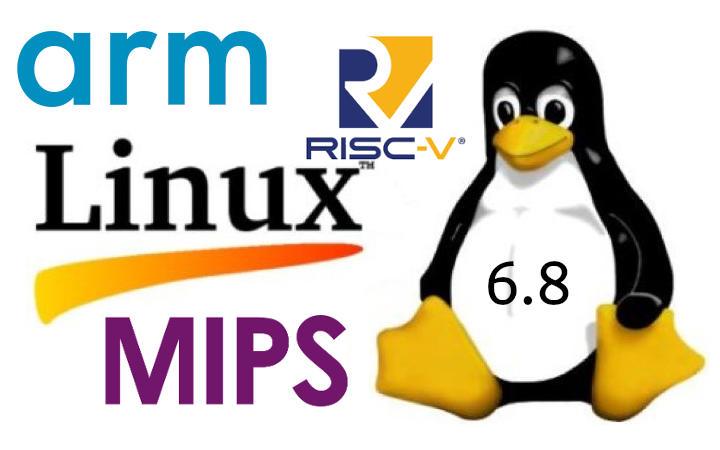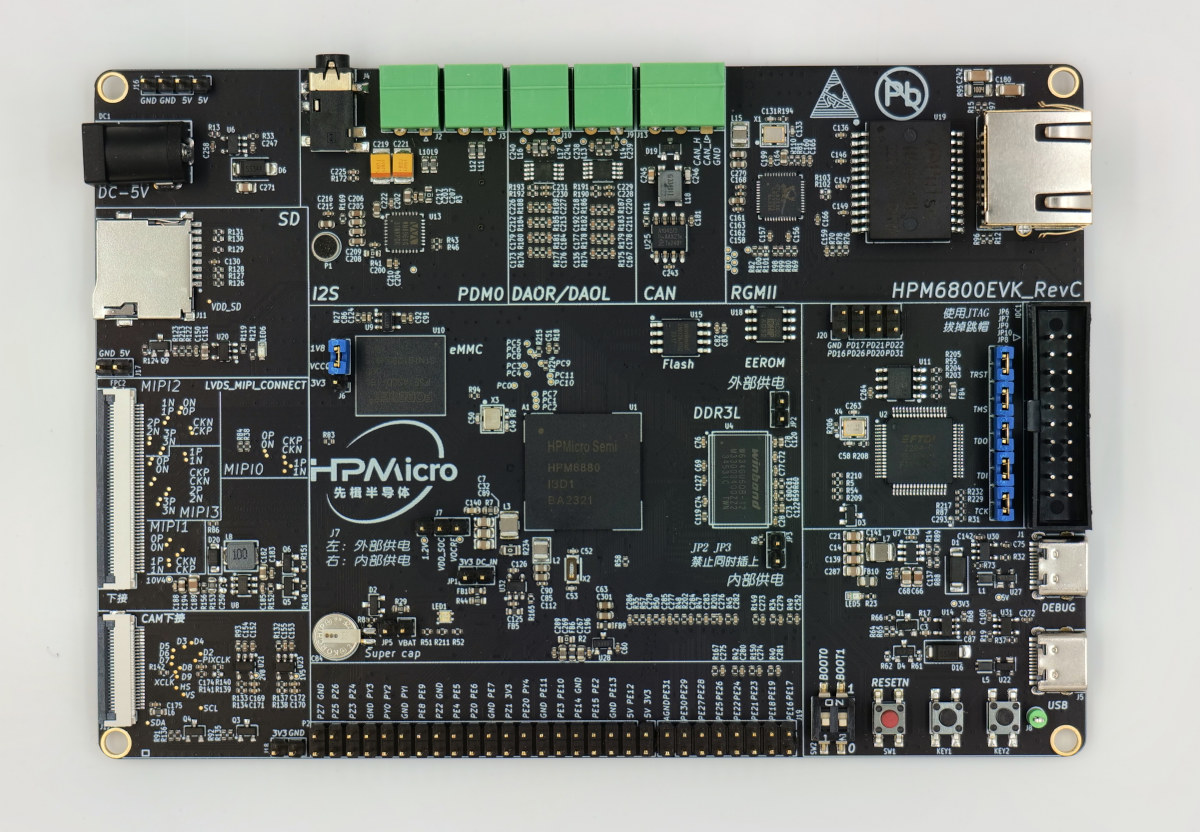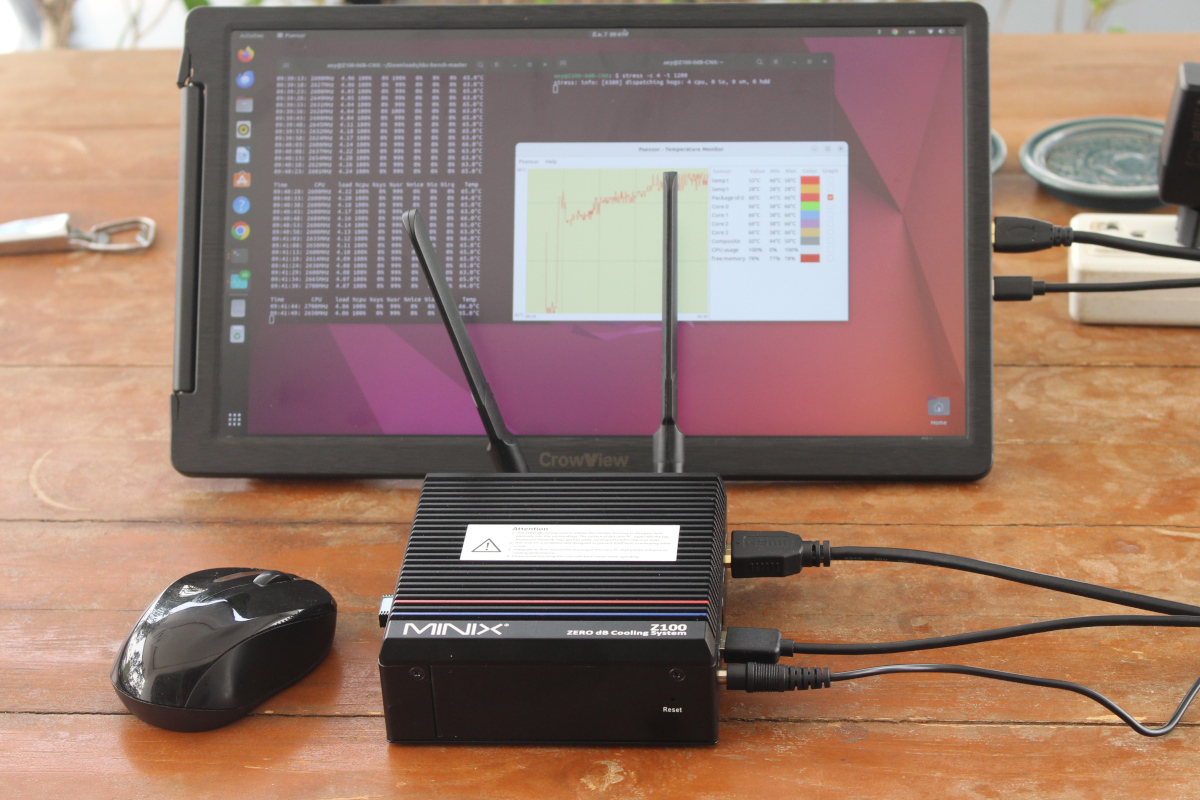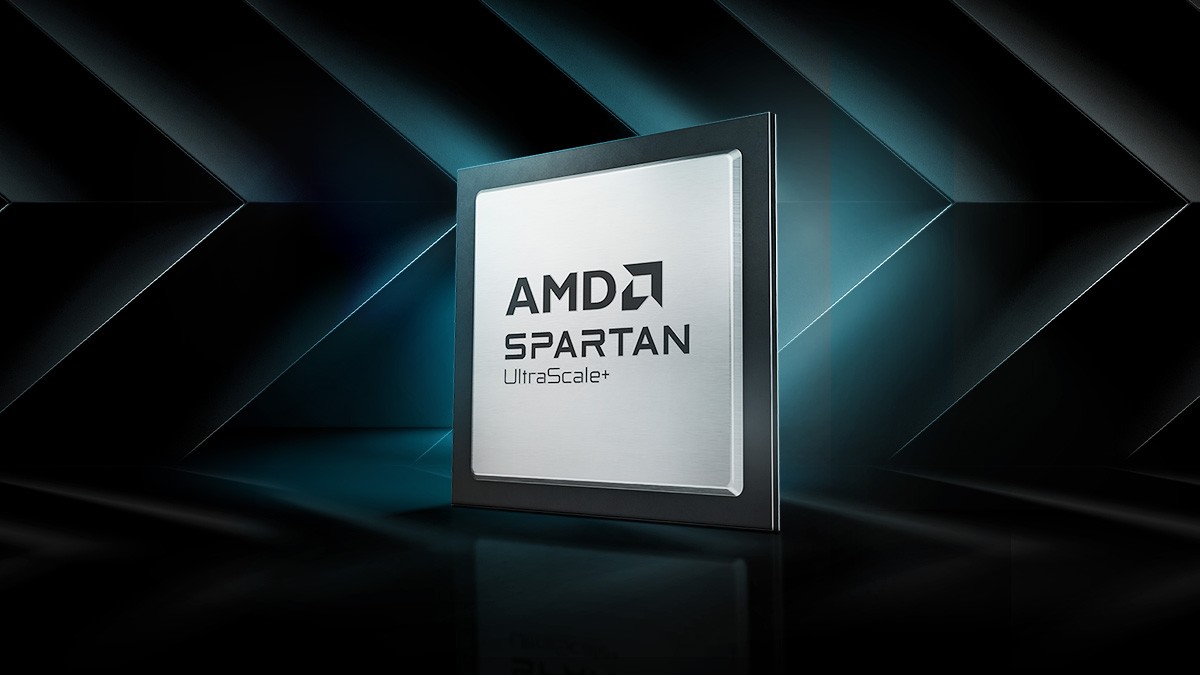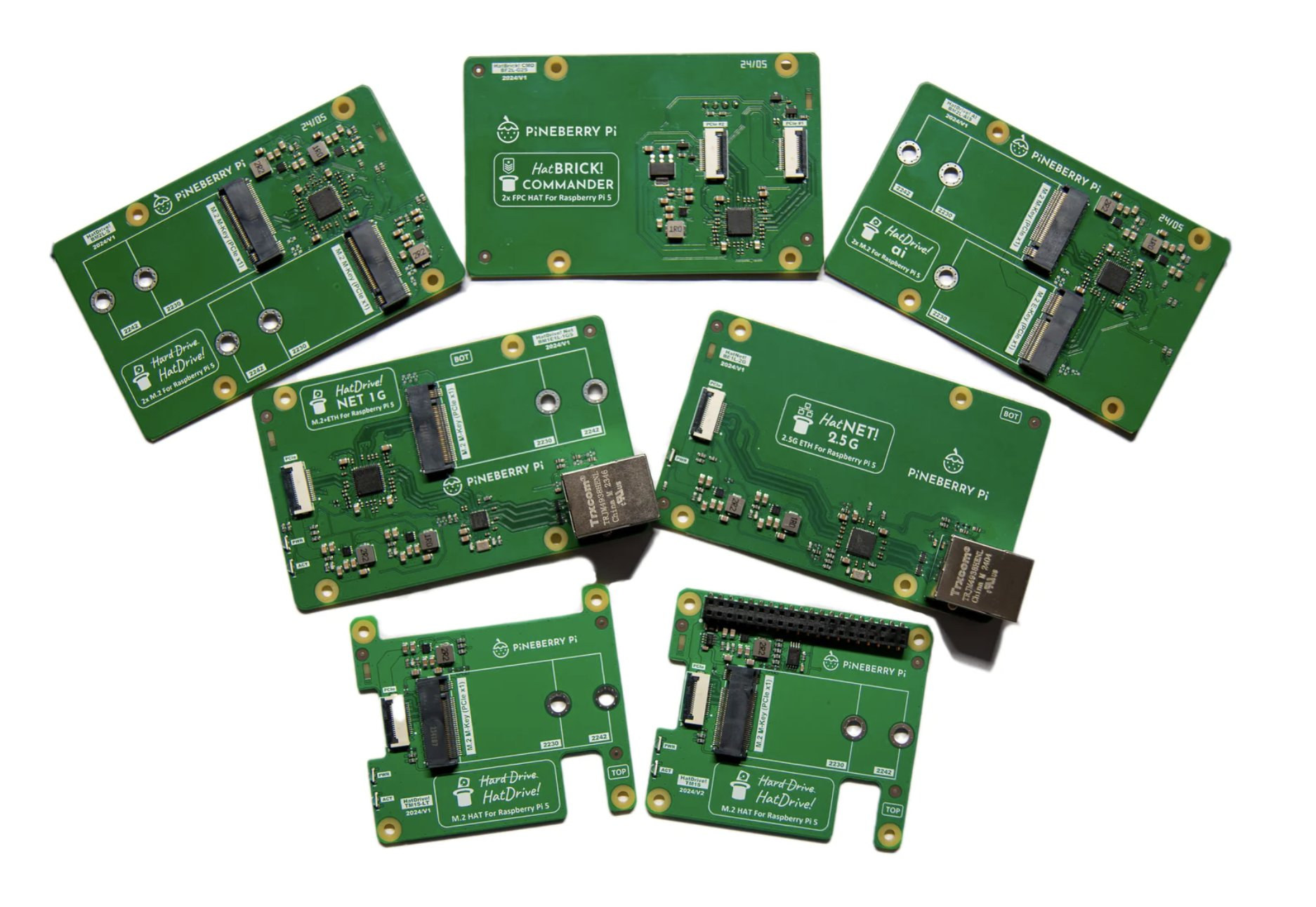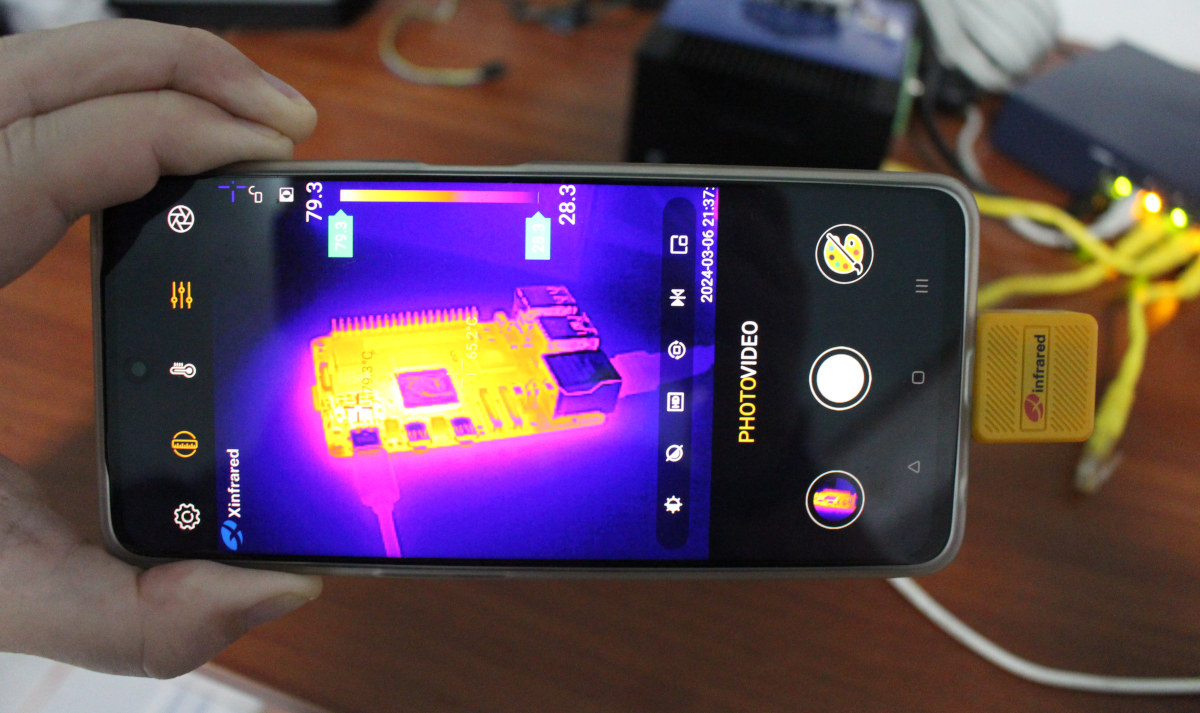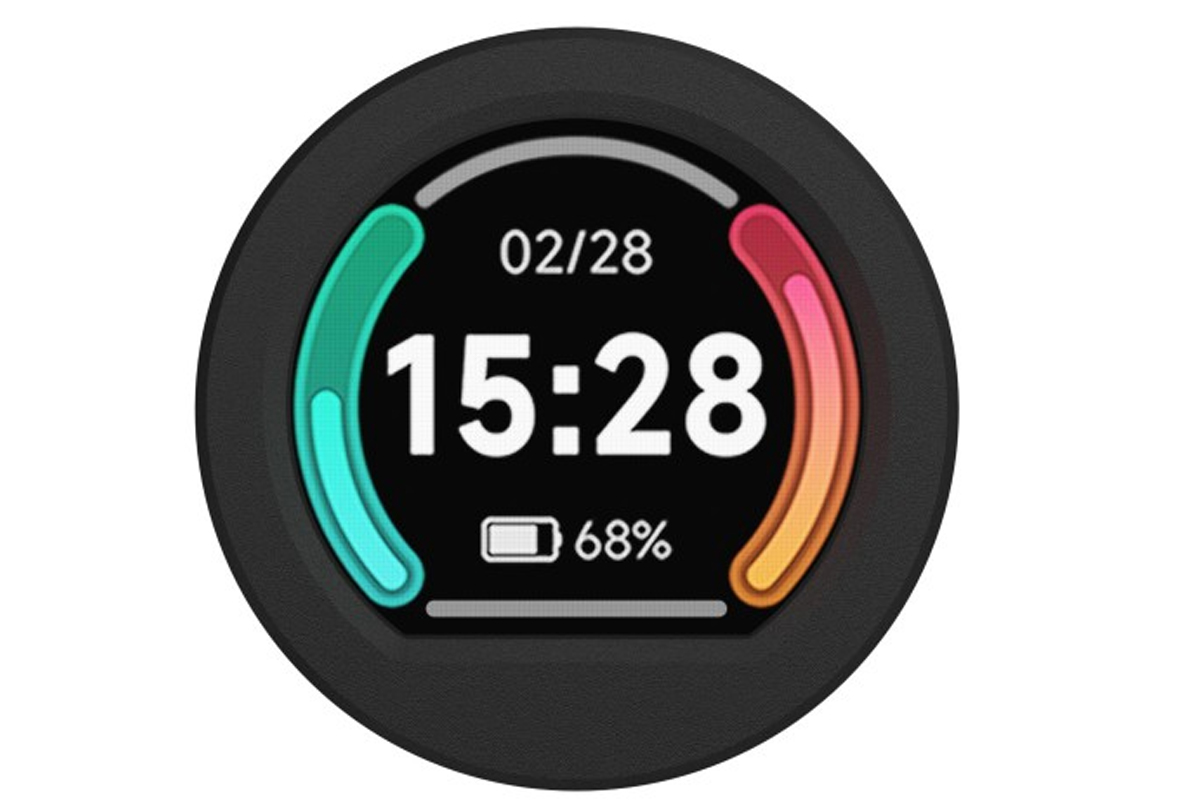Linus Torvalds has just announced the release of Linux 6.8 on the Linux kernel mailing list: So it took a bit longer for the commit counts to come down this release than I tend to prefer, but a lot of that seemed to be about various selftest updates (networking in particular) rather than any actual real sign of problems. And the last two weeks have been pretty quiet, so I feel there’s no real reason to delay 6.8. We always have some straggling work, and we’ll end up having some of it pushed to stable rather than hold up the new code. Nothing worrisome enough to keep the regular release schedule from happening. As usual, the shortlog below is just for the last week since rc7, the overall changes in 6.8 are obviously much much bigger. This is not the historically big release that 6.7 was – we seem to […]
HPMicro HPM6800 600 MHz RISC-V MCU comes with a Vivante 2.5D GPU with OpenVG support
HPMicro HPM6800 is a family of high-end RISC-V microcontrollers clocked up to 600 MHz integrating a VeriSilicon Vivante 2.5D GPU with support for the OpenVG 1.1 vector graphics API, and peripherals making it suitable for digital dashboard displays and human-machine interfaces (HMI). The family is comprised of three parts: the HPM6830 without video support, the HPM6850 with 2D graphics and video input/outputs, and the HPM6880 adding support for the 2.5D OpenVG GPU from VeriSilicon. All variants come with 1064KB SRAM, support for external DDR2/DDR3/DDR3 memory, NOR, PSRAM and eMMC flash, audio interfaces, and a range of peripherals with eight CAN FD interfaces, gigabit Ethernet, USB high-speed, and many more. HPMicro HPM6800 specifications: CPU – Single core 32-bit RISC-V (RV32-IMAFDCP) processor @ 600MHz with 32KB I/D Cache (3390 CoreMark) Memory 1064 KB SRAM with 256KB ILM + 256KB DLM in the RISC-V core, 512KB AXI SRAM, 32KB AHB SRAM, and 8KB […]
MINIX Z100-0dB review – Part 3: A fanless Intel N100 mini PC tested with Ubuntu 22.04
After the first part of the review with an unboxing and a teardown of the MINIX NEO Z100-0dB mini PC, we tested the fanless Intel N100 mini PC with Windows 11 Pro in the second part, and we are now ready to report our experience with Linux, and more specifically Ubuntu 22.04, on the MINIX Z100-0dB mini PC in the final and third part of the review. We will go through features testing, run some benchmarks to evaluate the performance in Linux, perform storage and network performance tests, check the cooling ability of the mini with a stress test, and also check its power consumption under different scenarios. We will also compare the MINIX Z100-0dB to the actively cooled GEEKOM Mini Air12 mini PC that uses the same Intel Processor N100 CPU. Ubuntu 22.04 installation We will install Ubuntu 22.04 alongside Windows 11 Pro in dual boot configuration, so we […]
AMD announces the Spartan UltraScale+ FPGA family for cost-sensitive and IO-intensive applications
The Spartan UltraScale+ FPGA family is the latest inclusion to AMD’s Cost-Optimized portfolio, a series of FPGAs designed to balance cost, power, and form factor with affordability. The UltraScale+ FPGA family is designed for cost-sensitive, low-power applications requiring high I/O count and substantial security. Devices in the Spartan UltraScale+ family offer a high I/O to logic cell ratio for FPGAs built in 28nm and lower process technology (the highest in the industry, according to AMD), consume up to 30% less power than compared to the previous generation, and feature robust security features that outclass the rest of the Cost-Optimized portfolio. This FPGA family is built on the same UltraScale+ architecture as previous Artix and Zynq products. They are the first AMD UltraScale+ FPGAs to feature a hardened DDR memory controller and PCIe Gen4 x8 support, “providing both power efficiency and future-ready capabilities for customers.” AMD Spartan UltraScale+ specifications: System Logic […]
PineBerry Pi launches five additional HAT+ boards for the Raspberry Pi 5 with 2.5GbE, GbE, M.2 NVMe, and more
PineBerry Pi was the first company to launch a Raspberry Pi HAT+ board making use of the Raspberry Pi 5’s PCIe FPC connector with the Hatdrive! M.2 HAT for the Raspberry Pi 5 along with the HatDrive! Bottom expansion board that goes underneath the Raspberry Pi 5 SBC. The company has now launched five additional HAT+ boards for the Raspberry Pi 5 with various PCIe (NVMe/AI modules) and networking (2.5GbE, GbE) options. Here’s the list with basic specifications: HatNET! 2.5G – 2.5GbE for the Raspberry Pi 5 using a Realtek RTL8125BG controller, dedicated MAC address range (i.e. not randomly assigned), and an RJ45 jack with Activity and Link LEDs HatDrive! NET 1G – Gigabit Ethernet (Realtek RTL8111H) and M.2 M-Key socket for NVMe 2230,2242 SSD. Implemented through an ASMedia PCIe Gen 2 switch and booting with the SSD is not supported at this time. You may want to follow the […]
Xtherm II TS2+ review – A 256×192 thermal imager tested with an Android smartphone
Shortly after I wrote about the Mustool MT13S 2-in-1 thermal imager and multimeter, Xinfrared asked me if I wanted to review the Xtherm II TS2+ thermal imager for smartphones. They offer versions that work for Android or iOS smartphones, so the company sent me the Android version of the Xtherm II TS2+ for review. After listing the key features and specifications, I’ll go through an unboxing, and report my experience using the thermal imager with the OPPO A98 5G smartphone running Android 14. Xtherm II TS2+ specifications Minimum focus – 8mm Resolution – 256×192 Pixel Pitch – 12μm FOV – 44.9° x 33.4° Image Frame Rate – 25Hz NETD (Noise Equivalent Temperature Difference) – ≤40mK@25°C, F#1.0 MRTD (Minimum Resolvable Temperature Difference) – ≤500mK@25°C,F#1.0 Temperature Range Measurements- -20°C ~ +450°C with ±2°C or ±2% reading accuracy Operating – -20°C ~ +50°C Temperature Correction – Manual/automatic Power Consumption – <350mW Dimensions – […]
Raspberry Pi RP2040-powered 0.99″ rounded display is housed in CNC metal case
The Waveshare RP2040-LCD-0.99-B rounded display is the latest display module by Waveshare. This board is built around the Raspberry Pi RP2040 MCU and hosts a 128×115 pixels 65K color IPS LCD, along with a QMI8658C IMU, all inside a CNC metal case with an acrylic dull-polish bottom plate. The board also hosts a USB Type-C connector, an LDO, a 2MB NOR-Flash, a SH1.0 6PIN connector (adapting 4x GPIO pins), and a BOOT button. Waveshare RP2040-LCD-0.99-B rounded display module specification: Microcontroller – Raspberry Pi RP2040 dual-core Arm Cortex M0+ processor up to 133 MHz with 264KB SRAM Storage – 2MB on-board flash memory Display – 0.99-inch 128×115 pixel 65K color IPS LCD USB – 1x USB 1.1 Type-C port (host/device) for power and programming using drag-and-drop via USB mass storage Sensor – QMI8658C IMU Expansion – 4x GPIO via SH1.0 6PIN connector Power Management – Low-power sleep and dormant modes Dimension – […]
Golioth expands its free tier for developers with unlimited IoT devices, OTA updates, 1GB bandwidth
When we first wrote about the Golioth IoT development platform with ESP32 and nRF9160 devices support in 2022, we noted they offered a free Dev Tier account for up to 50 devices, 10 MB of LightDB data with a 7-day retention policy, and other limitations. The company has now decided to remove many of the limitations from the free developer tier without any limit to the number of IoT devices and also added other benefits: Unlimited Device Connections: Empowering developers to scale projects without constraints. Over-the-air (OTA) Device Firmware Updates (DFU) with 1GB monthly bandwidth 1,000,000 Monthly Log Messages up to 200MB Free data retention Time series – 30 days Logs: 14 days The main limitations compared to paid plans are that only one project can be created and a single seat (single loading) is available, so it’s not possible to have a team of users with different permissions like […]


